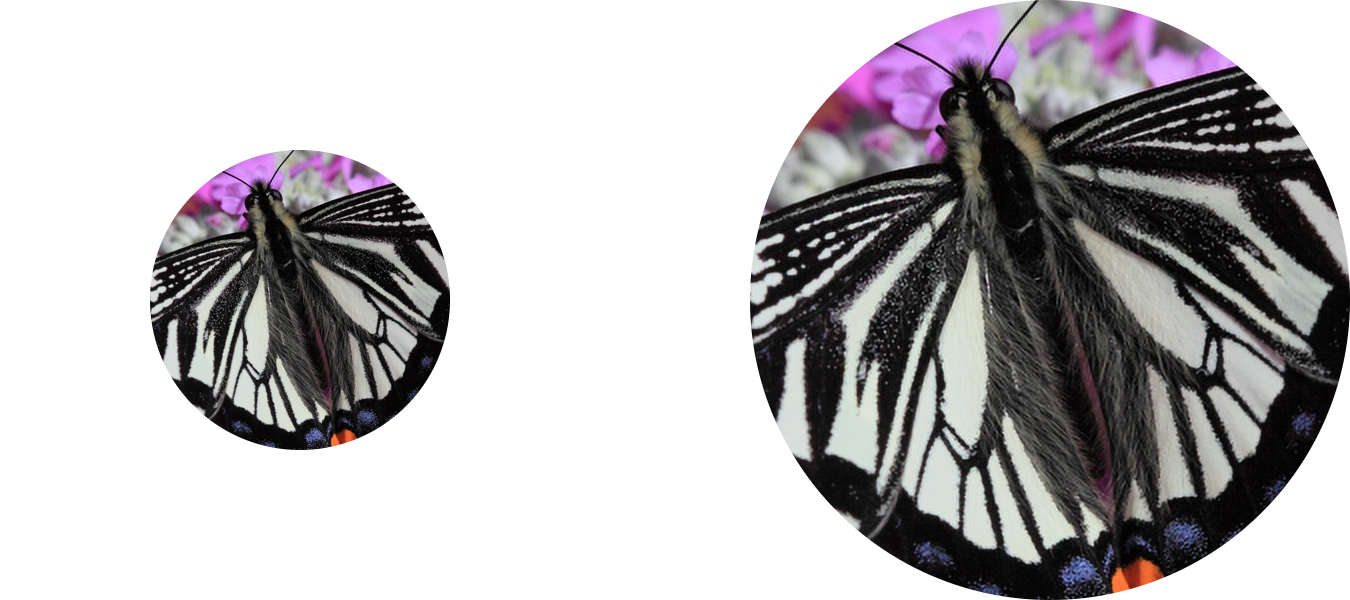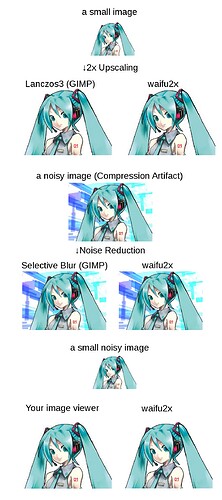We are researching open source image enhancement technologies. Here’s a starter list, which comes from this article: Top 5 Open-Source Image Super-Resolution Projects To Boost Your Image Processing Tasks | by MRINAL WALIA | Artificial Intelligence in Plain English
Do you have any experience with these projects? Or ones not listed here? Please let us know.
1. Waifu2x — 19, 833 stars
Waifu2x is an open-source and free Image Super-Resolution for Anime-style art using Deep Convolution Neural Networks for images.
It supports two features for the given input image:
- 2X upscaling
- Noise reduction
It is ready to use and the demo application can be found at http://waifu2x.udp.jp/ .
2. Anime4K — 12, 402 stars
Anime4K is a set of open-source, high-quality real-time anime upscaling/denoising algorithms that you can implement in any programming language.
The simplicity and speed of Anime4K allow the user to watch upscaled anime in real-time.
3. Singan — 2, 662 stars
Singan is the Official PyTorch implementation of the paper: “SinGAN: Learning a Generative Model from a Single Natural Image,” a new unconditional generative model trained on a single natural image.
Singan is trained to capture the internal distribution of patches within the image and is then able to generate high-quality, diverse samples that carry the same visual content as the image.
Here is the link to their Youtube Video.
Link to paper.
4. SRGAN (Super Resolution using Generative Adversarial Network)— 2, 600 stars
Singan is the official Tensorflow Implementation of the paper “Photo-Realistic Single Image Super-Resolution Using a Generative Adversarial Network.”


5. Image-Super-Resolution — 2, 362 stars
Image Super-Resolution is an open-source project to upscale and improves the quality of low-resolution images.
This project contains Keras implementations of different Residual Dense Networks for Single Image Super-Resolution (ISR) and scripts to train these networks using content and adversarial loss components.

The implemented networks include:
- The super-scaling Residual Dense Network described in Residual Dense Network for Image Super-Resolution (Zhang et al. 2018)
- The super-scaling Residual in Residual Dense Network described in ESRGAN: Enhanced Super-Resolution Generative Adversarial Networks (Wang et al. 2018)
- A multi-output version of the Keras VGG19 network for deep features extraction is used in the perceptual loss.
- A custom discriminator network based on the one described in Photo-Realistic Single Image Super-Resolution Using a Generative Adversarial Network (SRGANS, Ledig et al. 2017)

